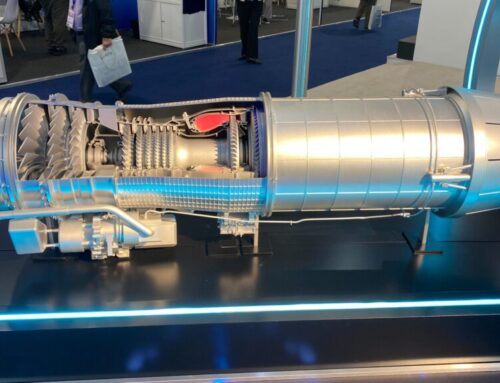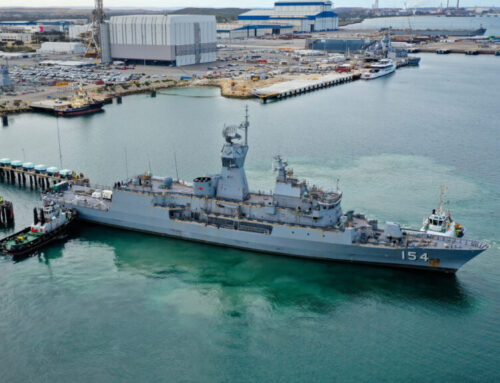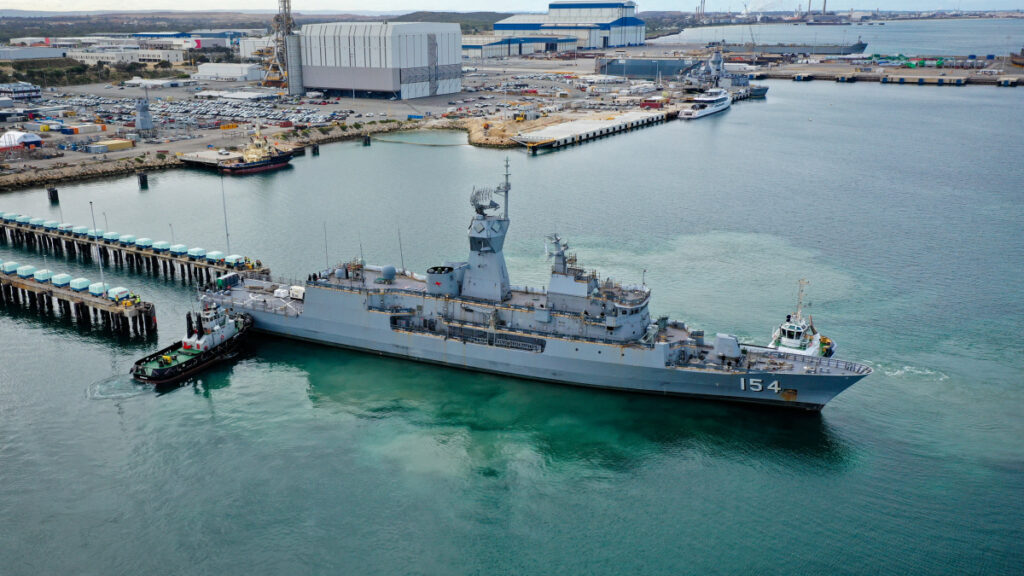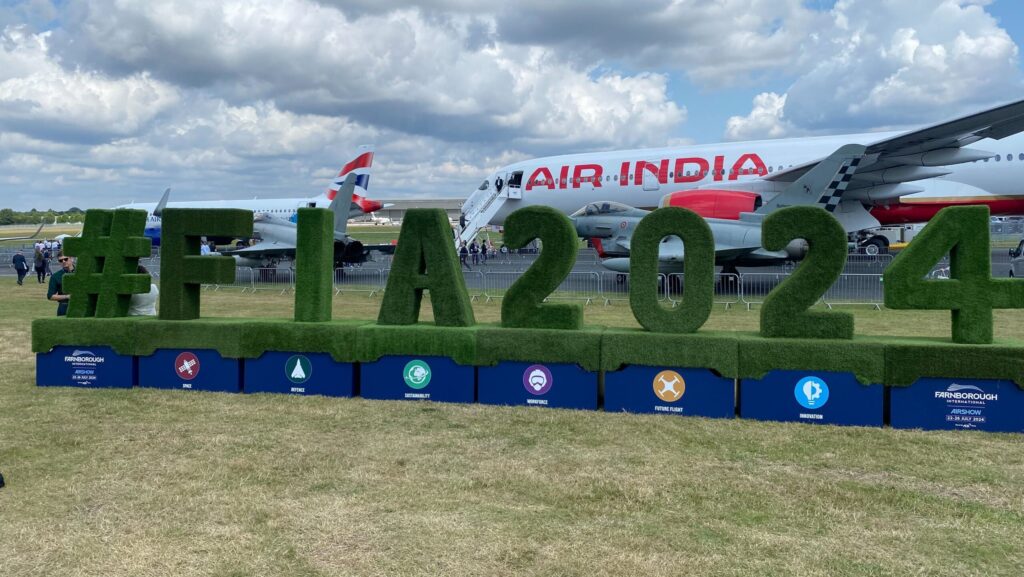HMCS Corner Brook leaves C-Jetty at CFB Esquimalt, B.C., for sea trials in 2011. (Canadian Ministry of Defence)
WASHINGTON and STOCKHOLM — Canada is weighing “collaboration” from foreign partners in a bid to figure out a way forward on replacing its fleet of aging Victoria-class submarines, even as critics say the Trudeau government is not doing enough to fast-track the procurement.
There are “real opportunities for greater collaboration with others on this. And so we’re pursuing those discussions as well. I’m pretty confident we will get to a determination of our path forward on underwater surveillance submarines,” said Bill Blair, Canada’s Minister of National Defence, speaking in Washington on Monday.
“We need to be able to be, to the extent possible, connected and interoperable with allies. We all have a shared mission, those of us who are close and aligned, and finding the best way for us collectively to achieve that mission is really in our interest.”
Interestingly, Blair told the event hosted by the Defense Writers Group that he has received reach out about joining the German-Norwegian Thyssenkrupp-made 212CD class submarine package.
“I met last week with the German defense minister, and he brought to me a letter signed by both him and our Norwegian counterpart — they are interested in working collaboratively with Canada on a number of different options across a broad range of defense capabilities, but also included underwater surveillance,” Blair said. “Frankly, I’m pleased and we’re hearing from many others as well.”
Canada operates four Victoria-class submarines, whose design dates back to the late 1980s; the youngest of the subs entered service in 2003. However, Ottawa has struggled to regularly deploy the subs over the history of their use. One estimate says the fleet has another 15-20 years of life, and given the lengthy timelines for submarine production, getting under contract sooner rather than later seems imperative.
The pool of potential contenders are deep: shipbuilders from Japan, South Korea, Germany, Sweden and the United States will likely be considered as the ministry does its work.
When Canada’s recent Defence Policy Update (DPU) was released, critics quickly jumped on the fact that rather than including specifics about what a new submarine fleet might look like, the paper instead said that, “We will explore options for renewing and expanding our submarine fleet” in the future. Blair today said he “regrets” using the term “explore,” given the criticism that it “is not a very clear and powerful word.
“It’s certainly not my intention to be wishy washy. What I’ve tried to articulate very, very clearly and strongly in the document is, we know we have to replace our submarine fleet, and we’re going to do that,” Blair said. “There’s some work to do.”
Without being able to secure actual funding for the submarines in the DPU, the goal was to signal to industry and international partners that Canada is in the information gathering stage, Blair said. He also emphasized that whenever the submarines are bought, it will help push Canada over the NATO target of 2 percent GDP spending on defense. Last month, Canada pledged to increase defense spending by $5.9 over the next five years, a sum that still falls short of the alliance goal.
“We’ve got some work to do in both determining what our requirements are, what choices are available within the market, and we’re beginning those processes right away” shared Blair. “And then once we’ve done that work, I’ll be in a much stronger position to go back to my own government saying, we now have a very clear path to this new capability acquisition, and then seek the funding for it.”
Replacing the subs “is necessary. It is, I might suggest, inevitable,” he said. “One of things we’re hearing from our armed forces, but also hearing from industry, they need the clarity and certainty of direction, and then commitment. And so I hope in the DPU, I provided them with direction. And I’m working hard on getting the commitment.”
That will be welcome news from industry, which also found the language in the DPU to be underwhelming.
Speaking to a group of reporters and analysts in Stockholm on Monday, Simon Carroll, President of Saab Canada, said of the language, “I don’t personally think that goes strong enough, that that wording is strong enough for future submarines in Canada. I think we need to advance the ‘explore’ status and put some money to it or put some numbers to it at the moment. So I think that was for me a little disappointing.”
Continued Carroll, “Others will say it’s given us policy coverage. And I get that. I just think we need to get moving forward because I think putting it in the same categorization as a number of the other ‘explore’ capabilities that Canada wants to look at in the future doesn’t say we’re going to buy submarines in the future, even though we know full well that the Victoria class submarines are on their way out.” (Breaking Defense, like other outlets, accepted travel accommodations from Saab for this trip.)
While noting that the work is underway, Blair was careful not to put any sort of hard timeline on when a final decision could be made on moving forward with a submarine buy.
“You’ll forgive me, I can’t get too far ahead or presenting anything to government,” he said. But, “I have a sense of urgency around this.”






![The sights from the 2024 Farnborough Airshow [PHOTOS]](https://centurionpartnersgroup.com/wp-content/uploads/2024/07/IMG_8722-scaled-e1721930652747-1024x577-hZjwVb-500x383.jpeg)




